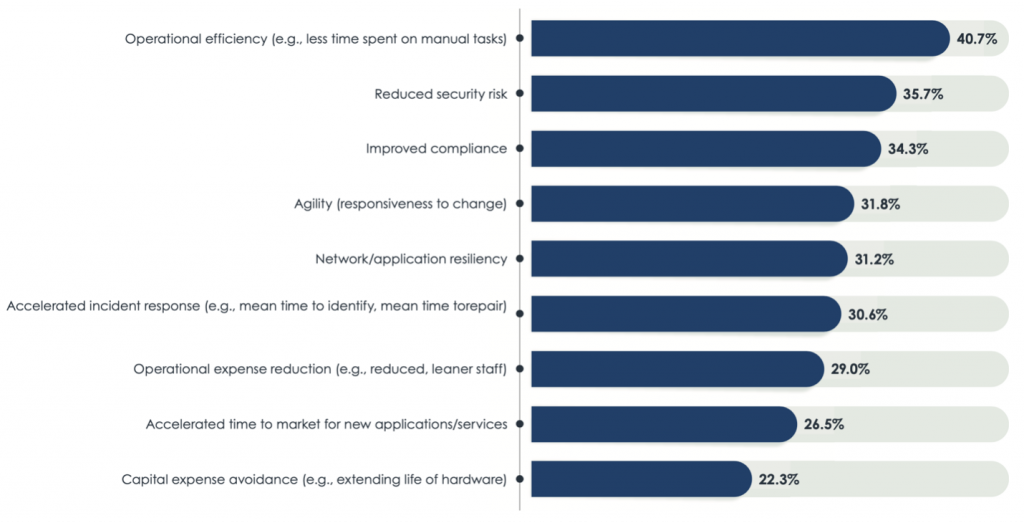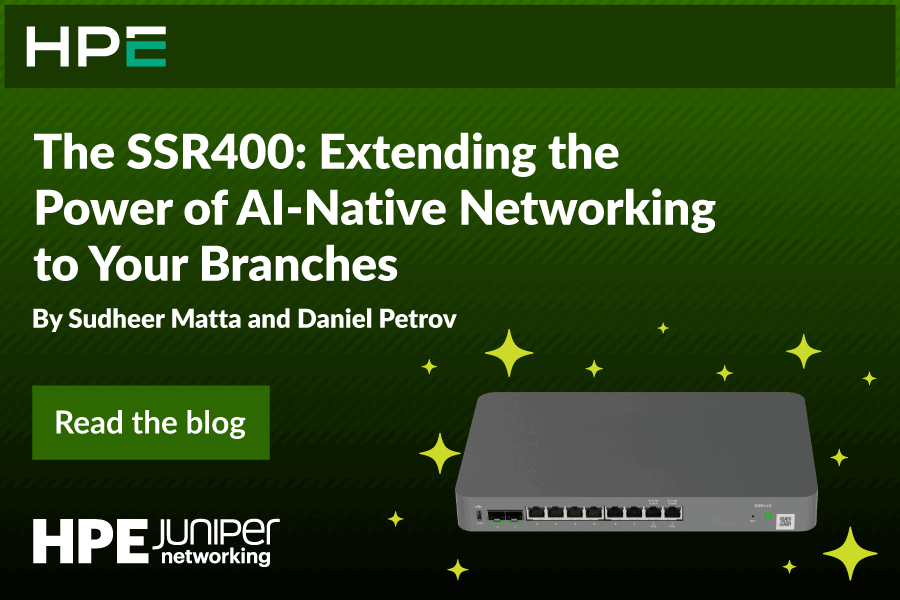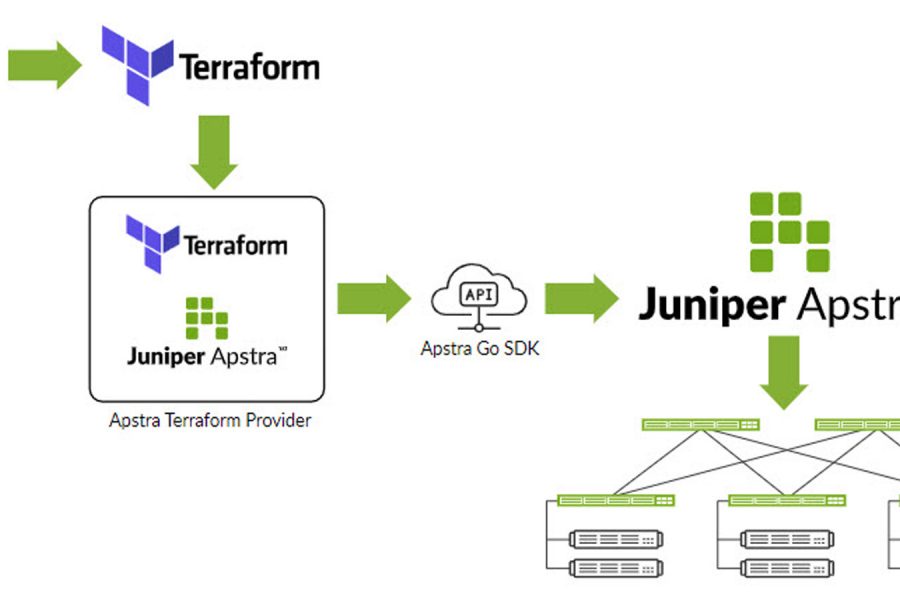Taking the Pulse of Data Center Automation
When you’re trying to convince companies to modernize, it can seem like you’re shouting into the void. Sure, they understand that what you’re advocating is important but knowing you should do something and actually doing it, are two different things.
This has been the story around data center network automation for the last several years. We all know that data centers have become ever-more complex and critical to most businesses. So, finding a way to enable more agile and efficient operations should be on every company’s to-do list. Yet, even organizations that could benefit most from automation—communication service providers (CSPs) and enterprises managing large, distributed data centers—actual implementation has been slow. Fortunately, we seem to be turning a corner.
Earlier this year, Enterprise Management Associates (EMA) surveyed hundreds of IT leaders across the United States and Europe, representing companies of different sizes and industries. Nearly all agreed that data center network automation can improve operational efficiency, reduce security risk, improve compliance, and increase digital agility. Nearly 9 out of 10 organizations plan to boost their investment in automation tools over the next two years. Yet, the results weren’t all positive. When it comes to the automation strategies they’re pursuing, nearly 77% of technology professionals see real room for improvement.
What do IT organizations hope to gain from data center network automation, and what barriers stand in the way? Here’s what the folks in the trenches are saying.
Recognizing the Need to Automate
EMA surveyed 359 technology professionals engaged in data center network automation strategies, ranging from front-line network engineers to C-level executives. One overarching message was clear: IT leaders may not have bought into the benefits of data center network automation in the past, but they have big expectations for it now.
More than 40% of those surveyed believe automation will improve operational efficiency and reduce reliance on manual tasks in their data center operations. More than one third expect automation to reduce security and compliance risks, and nearly as many expect it to increase agility, enhance resiliency and accelerate their organization’s response to network issues.
 Key Benefits Expected from Data Center Network Automation
Key Benefits Expected from Data Center Network Automation
Just as encouraging, most organizations aren’t just talking about automation, they’re actually doing it. Nearly 9 out of 10 professionals surveyed say their organization will increase budget for data center network automation over the next two years and 35% expect that increase to be significant. They’re also confident these investments will deliver results. More than half expect automation to pay for itself within two years and 37.5% expect to see a Return on Investment (ROI) within three years.
Lingering Barriers
Based on these results, we should assume we’re on the cusp of agile, automated data center networks becoming the norm for almost every business, right? Well, not so fast. Despite real movement in this space, automation vendors still have work to do. Topping the list: reducing confusion around the sheer number of tools on the market.
More than 98% of IT leaders said they’re using automation tools from a vendor, not just individual scripts. That’s a big deal, as scripting has long been the default for accelerating basic network management tasks—and has proven not scalable for modern distributed data centers. But, when it comes to which tools they should choose, survey respondents often had more questions than answers.
EMA noted a common scenario for vendors in this space: A vendor will introduce a tool that automates one type of task, such as configuration changes but doesn’t address other parts of the lifecycle, like network design and assurance. Later, that vendor will expand into those areas and rebrand. IT leaders end up with more automation options than ever before but also increased confusion about which tool does what.
Nearly half of those surveyed said they use two different network automation tools and more than a third use three or more. That’s on top of the homegrown automation software used by 93% of organizations. This fragmentation can increase operational complexity, even as organizations are trying to reduce it. One survey respondent with a $25 billion global enterprise said, “We had five different automation tools that we would have to update. So, it used to take me five or six hours to get something done with automation.”
Additionally, “automation” isn’t always fully automated. Nearly half of respondents said that, even when using automation, they still need to gather data manually (by consulting spreadsheets or logging into devices) before making a change. Further, 51% said that manual data-gathering has a negative impact on automation. Respondents also complained that, in many cases, vendor tools aren’t flexible enough to support their organization’s unique data center architecture, or security and compliance needs.
Meeting Businesses Where They Are
At Juniper Networks, we’ve been talking about data center network automation for years, so we’re encouraged to see so many organizations making real investments in this space. We also understand how complicated automation can get—and how quickly organizations can find themselves drowning in disparate vendor tools. That’s why we’ve designed Juniper Apstra to provide a truly universal solution for data center network automation.
Unlike some tools, Apstra is:
- Multivendor by design: Apstra is designed from the ground up to automate heterogeneous data centers and eliminate the need to use different tools for different parts of the network.
- Intent-driven: Apstra abstracts away the complexity of large-scale data center networks. Users can express what they want at a high level (such as provisioning resources or performing configuration changes) and Apstra automatically executes it. There is no need for the user to be tied to the Command Line Interface (CLI) and vendor certifications.
- Reliable:The foundation of reliability is consistency and repeatability. Users can automate network deployment and operations through validated and repeatable designs, predictive analysis and proactive alerts of deviations. Apstra addresses the entire network lifecycle, from design and implementation to accelerating everyday operations with a single source of truth, powerful intent-based analytics and root-cause identification that empowers the user to pinpoint and resolve issues quickly.
- Secure: With Apstra, a user can track the origin of network changes and ensure granular enforcement where needed. Additionally, they can use intent-based policy assurance, connectivity restrictions for multitenant environments and enhanced role-based access control (RBAC) to create blueprint-specific roles.
According to Tony Lott, Head of Capital Projects at Bloomberg, “Juniper’s Apstra solution gives us a single view into the entire network—regardless of our devices, switches, operating systems, or vendors. It has enabled us to gain the day-2 operations efficiency needed to manage and sustain the complex network infrastructure in our cutting-edge facility.”
With these and other capabilities, Apstra can help simplify and accelerate data center operations, without adding new layers of complexity.
Find Out More
This is just a small sample of what IT professionals are saying about automation. Download the EMA report to find:
- Tips from CIOs and CTOs on leading automation initiatives
- Best practices from organizations succeeding with automation
- And much more
For more details on how Juniper can help you accelerate your own automation journey, visit the Juniper Apstra web page.

























